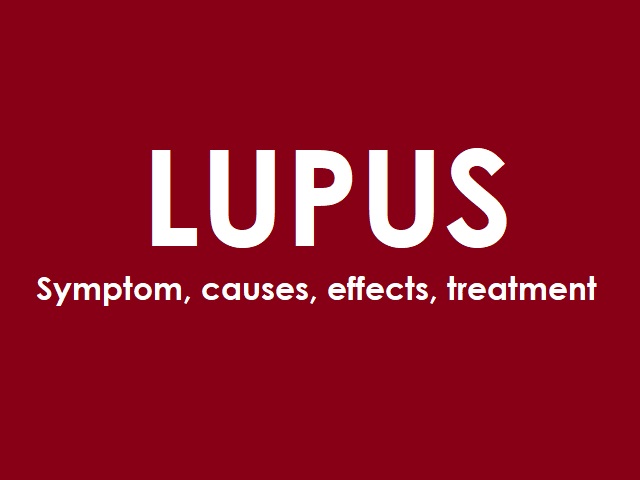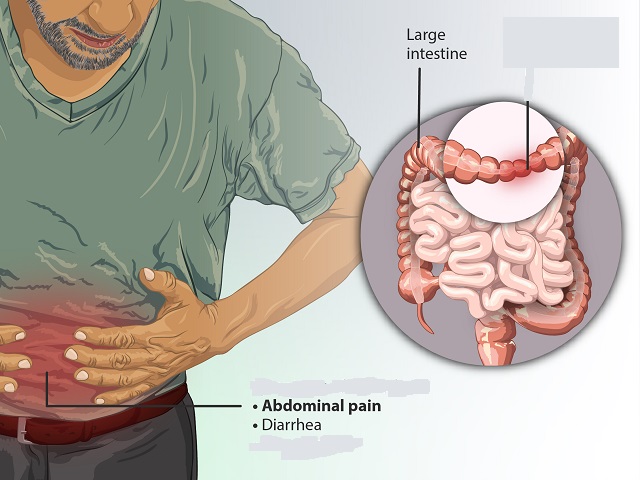7 Signs You May Have Tuberculosis -- Symptoms, Causes, Effects, Treatment and Prevention
Tuberculosis (TB) is an infectious disease caused by the bacterium Mycobacterium tuberculosis. It primarily affects the lungs but can also affect other parts of the body, such as the kidneys, spine, and brain. TB is transmitted through the air when an infected person coughs or sneezes, and it can be a serious and potentially life-threatening condition if left untreated. Early detection and treatment are crucial in managing the disease and preventing its spread.
Symptoms of Tuberculosis:
The symptoms of tuberculosis can vary depending on the area of the body affected. Common symptoms include:
- Persistent cough that lasts for more than three weeks
- Coughing up blood or phlegm
- Chest pain or discomfort
- Fatigue and weakness
- Weight loss
- Fever and night sweats
- Loss of appetite
Causes of Tuberculosis:
Tuberculosis is caused by Mycobacterium tuberculosis, a bacterium that spreads from person to person through the air. When an infected individual coughs or sneezes, tiny droplets containing the bacteria are released into the air, and if inhaled by others, they can become infected.
Effects of Tuberculosis:
If left untreated, tuberculosis can have serious effects on the body. It can lead to:
- Damage to the lungs and other affected organs
- Respiratory complications
- Spread of infection to other parts of the body, such as the bones, kidneys, and brain
- Weakened immune system
Treatment of Tuberculosis:
Treatment for tuberculosis typically involves a combination of antibiotics taken over a long period. The most commonly used medications for TB treatment include isoniazid, rifampin, ethambutol, and pyrazinamide. It is important to complete the full course of treatment to ensure the eradication of the bacteria and prevent the development of drug-resistant strains.
Prevention of Tuberculosis:
Preventing tuberculosis involves several strategies, including:
- Vaccination: The Bacille Calmette-Guérin (BCG) vaccine can provide some protection against severe forms of tuberculosis, although its effectiveness in preventing pulmonary TB varies.
- Infection control measures: Proper ventilation, wearing masks, and practicing good respiratory hygiene can help prevent the spread of TB in healthcare settings and the community.
- Early detection and treatment: Prompt diagnosis and treatment of active TB cases can prevent the spread of the infection to others.
- Treating latent TB infection: Individuals with latent TB infection (TB bacteria present in the body but not causing symptoms) may be prescribed medication to prevent the development of active TB.
In conclusion, tuberculosis is an infectious disease caused by the bacterium Mycobacterium tuberculosis. Early detection, appropriate treatment, and preventive measures are essential in managing tuberculosis and preventing its transmission.
References:
World Health Organization. (2021). Tuberculosis. Retrieved from https://www.who.int/health-topics/tuberculosis
Centers for Disease Control and Prevention. (2020). Tuberculosis (TB). Retrieved from https://www.cdc.gov/tb














